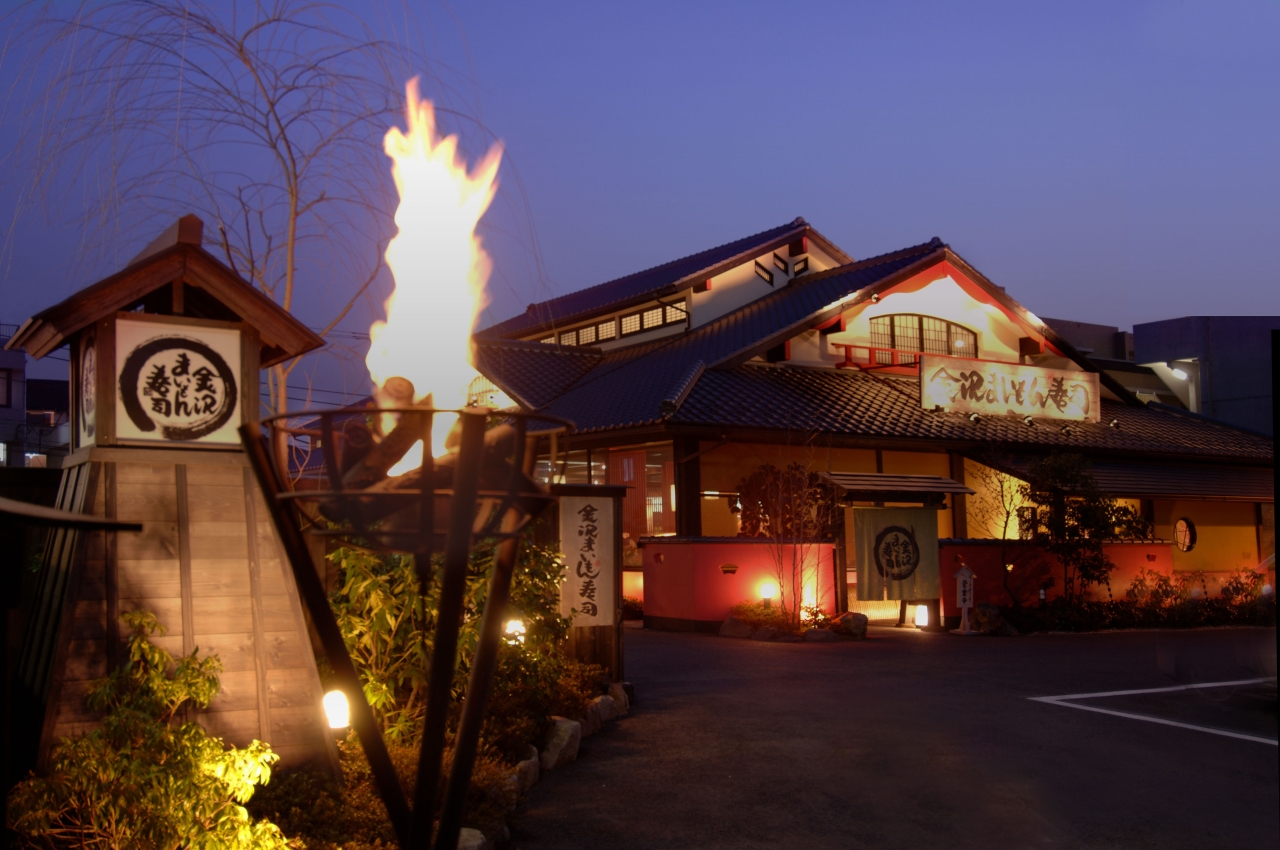
# Community Revitalization
CASE STUDY
We will introduce examples of initiatives that convey the appeal of Japan to the world.

19 Finding Value in What Is Available The Fascinating Nature, People, History, and Food Culture of the Oki Islands

17 Building a Future for Kuma Shochu through the Passion and Strategies of Local Distilleries Hitoyoshi Kuma

16 SUSHI×TECHNOLOGY Pioneering the Future of Food Culture from Kanazawa.

15 A Respect for Nature and Life Alongside the Sea – Kesennuma Pride

14 Lifestyles in Close Proximity to the Sea.An Area that Brings Together Sustainable Development and Unique Attractions—Ine Town

13 Creating New Value—the Setouchi Terroir

12 Diverse Flavors Brewed by a Fourth Generation Female Master Brewer Carrying the Traditions and Techniques of the Hiroshima-toji into the Future

7 Become a Kurabito. Enhancing the Value of Japanese Sake through a New Form of Sake Brewery Tourism

6 Year-long Grape Production in the Northern and Southern Hemispheres to Transform Japanese Agriculture and Create New Lifestyles

5 Local Tochigi Culture and Ingredients at The Ritz-Carlton, Nikko

4 Enjoying Rustic, Exquisite Tsumikusa Cuisine Surrounded by Unchanged Japanese Landscape and Culture

3 Innovation Meets History at Wataya Besso

2 Brewing the Future of Sake
COLUMN
This is a column that allows you to rediscover the charm of Japan from various angles.
キーワードから探す
- すべて
- Ryotei & Restaurants
- Lodging/Hotels
- Producers
- Technology
- DX (Digital) & SNS
- City Planning
- Utilization
- Gastronomy and Culinary
- Japanese Nature
- Japanese history and traditional culture
- Japanese Food Culture
- Agriculture
- Fisheries
- SDGs
- Local production for local consumption
- Foreigner Activation
- Experience
- Overseas Expansion
- Fermentation
- Public-private partnerships and collaborations
- Sake
- Community Revitalization
- Spirituality
- Japan of the Sea
- Mountain Japan



